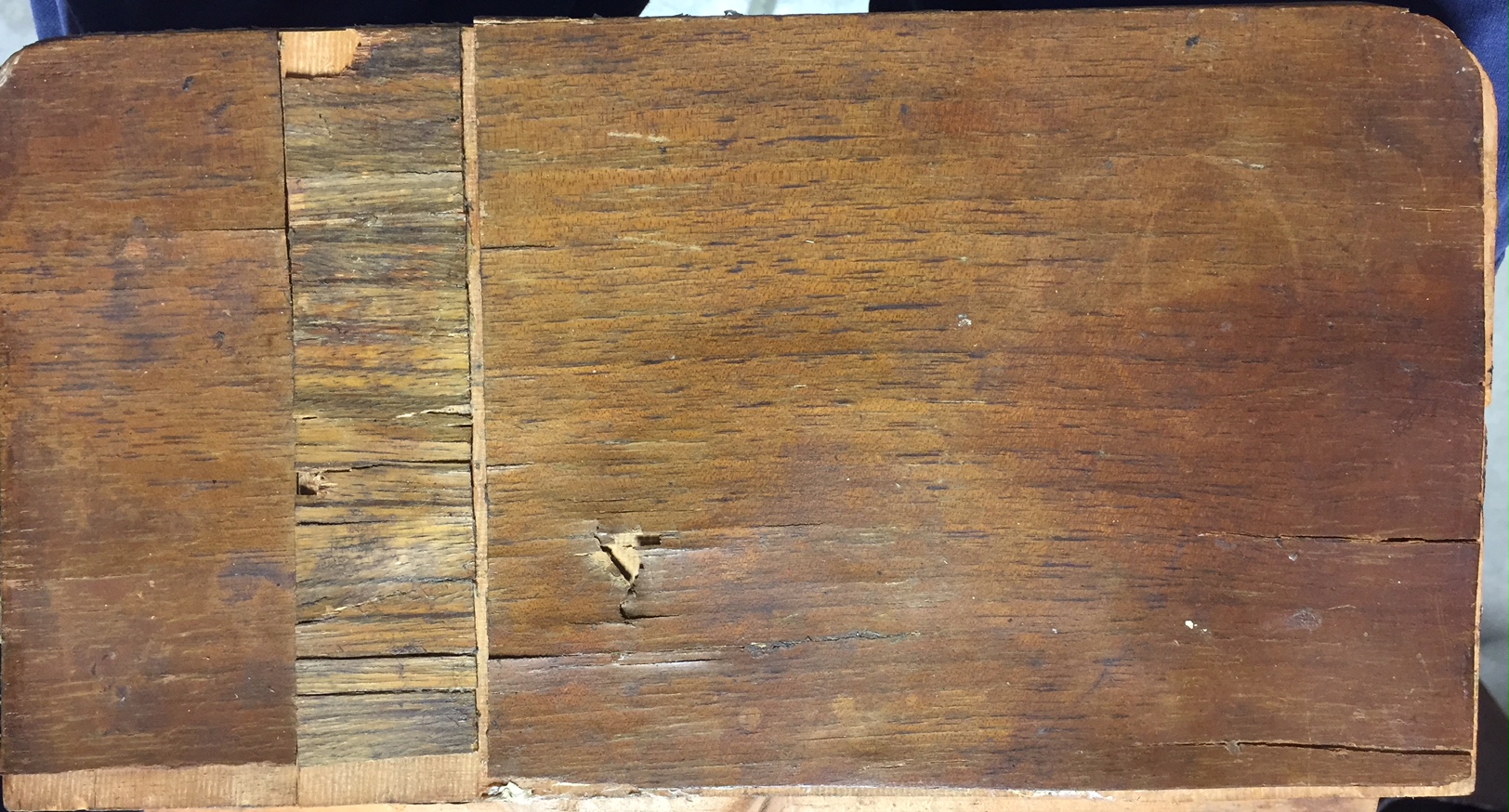Posts: 3
Threads: 1
Joined: Apr 2016
City: Elizabethtown, IN
Hello to all,
I have a Philco 38-14 cabinet with water damage to the top as well as missing/damaged veneer.
I want to replace the top with a new piece of plywood and veneer.
It looks like the main pieces of veneer are a match for "french walnut".
So my question is does anyone know what wood was used for the inlay? I was thinking the grain looked like walnut but I am not sure. Maybe a different cut?
Or could it be that its all the same type of wood veneer (french walnut) with just a different color toner?
Thanks,
Ron

Posts: 7,212
Threads: 266
Joined: Dec 2009
City: Roslyn Pa
Hi Ron and welcome,
I'll leave your question for someone who knows abt veneer.
Just want to say howdy!
When my pals were reading comic books
I was down in the basement in my dad's
workshop. Perusing his Sam's Photofoacts
Vol 1-50 admiring the old set and trying to
figure out what all those squiggly meant.
Circa 1966
Now I think I've got!
Terry
Posts: 1,475
Threads: 69
Joined: Nov 2012
City: Kansas city, MO.
Welcome aboard.
Sorry I can't answer the question either, but one of the regular posters Arran would know.
Posts: 1,856
Threads: 212
Joined: May 2015
City: Seattle
State, Province, Country: WA
According to the 1938 (June 1937) Sales Catalog the Philco 38-12T/38-14T/38-15T share the same cabinet:
"Housed in a cabinet of sliced walnut with Zebrano inlays...with the speaker grille sweeping from the instrument panel around the side!"
Posts: 3
Threads: 1
Joined: Apr 2016
City: Elizabethtown, IN
Thank you so much for the replies!
Posts: 4,611
Threads: 51
Joined: Sep 2008
City: Sandwick, BC, CA
I think the ad was pretty accurate, the inlay does look like Zebrano/Zebra wood, the rest of the top looks like quarter cut French walnut. Honestly though that cabinet looks pretty rough, it may be simpler just to find another cabinet, unless you just want to revive it for practice.
Regards
Arran
Posts: 3
Threads: 1
Joined: Apr 2016
City: Elizabethtown, IN
Hi Arran,
Yes the cabinet, especially that top, is in pretty rough shape. But I have never worked with veneer before so I picked it up with the thought what better radio to practice on than this one!
Thanks,
Ron
Posts: 4,611
Threads: 51
Joined: Sep 2008
City: Sandwick, BC, CA
Hi;
That's what I was wondering about, I learned to repair veneer in a similar way, I would pick up various farm battery radios from the 1940s, and needed to repair and refinish the cabinets on them. I don't think I ever did one as rough as that but I learned how to patch chipped veneer without the patch being too noticeable, as with yours they were not worth much so if one went badly I really had not destroyed anything. Just take your time, and don't be afraid to dismantle part, if not all, of the cabinet to repair it.
Regards
Arran




